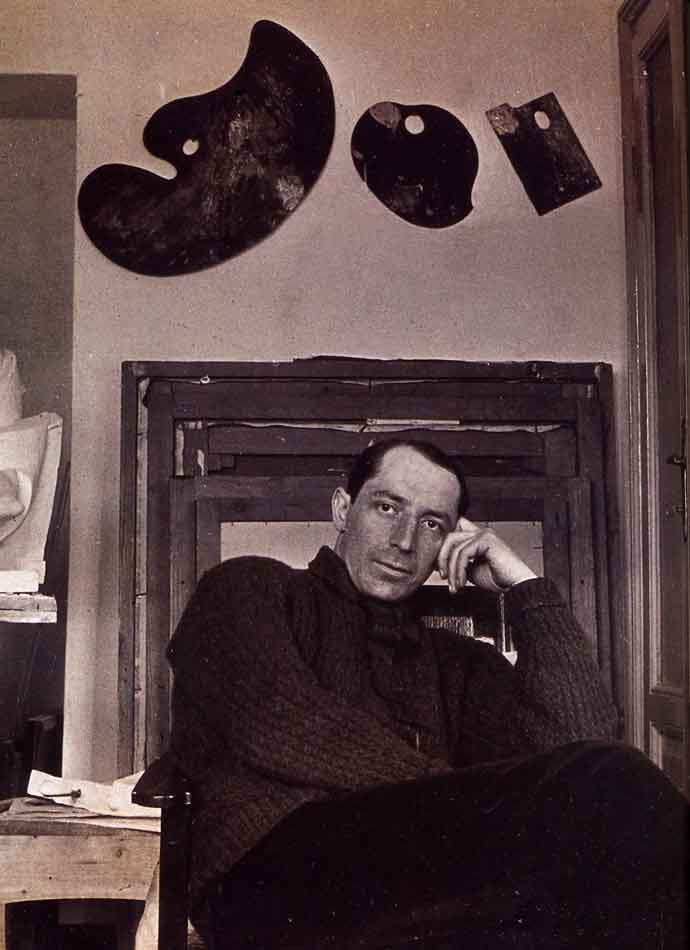w roku 1910
Umberto Boccioni cytaty
Źródło: Manifest malarstwa i rzeźby futurystycznej, 1914, za: Wielcy malarze, Futuryzm, nr 119, 2001
Umberto Boccioni: Cytaty po angielsku
Quote in his lecture at the Associazione Artistica Internationale, Rome May 1911, Boccioni's lecture 'La Pittura Futurista', 1911; as quoted in Futurism, ed. Didier Ottinger; Centre Pompidou / 5 Continents Editions, Milan, 2008, p. 55.
1911
Źródło: 1912, Les exposants au public', 1912, pp. 2, 3.
Quote in Boccioni's letter to Gino Severini, staying in Paris in the Summer of 1911; as quoted in Futurism, ed. Didier Ottinger; Centre Pompidou / 5 Continents Editions, Milan, 2008, p. 27.
1911
In Boccioni's letter to Nino Barbantini, 1913; as quoted in Futurism, ed. By Didier Ottinger; Centre Pompidou / 5 Continents Editions, Milan, 2008.
1913
As quoted in: John F. Moffitt (2003) Alchemist of the Avant-Garde: The Case of Marcel Duchamp, p. 87.
1910, Manifesto of Futurist Painters,' April 1910
In 'Dynanisme plastique' 1914, Boccioni; as quoted in Futurism, ed. Didier Ottinger; Centre Pompidou / 5 Continents Editions, Milan, 2008, p. 132
1914 - 1916
As quoted in Futurism, ed. Didier Ottinger; Centre Pompidou / 5 Continents Editions, Milan, 2008, p. 172.
1910, Manifesto of Futurist Painters,' April 1910
1910, Manifesto of Futurist Painters,' April 1910
Źródło: Rainey et al. (eds.) Futurism: An Anthology, (2009), p. 64 : Lead paragraph
Boccioni is referring in this quote to the 'Manifesto of Futurist Painters' of 1910, and its core Futurist concept of dynamic sensation; p. 47.
1912, Les exposants au public', 1912
as quoted in Futurism, ed. Didier Ottinger; Centre Pompidou / 5 Continents Editions, Milan, 2008, p. 154.
1914 - 1916
As quoted in Futurism, ed. Didier Ottinger; Centre Pompidou / 5 Continents Editions, Milan, 2008, p. 174
1910, Manifesto of Futurist Painters,' April 1910
